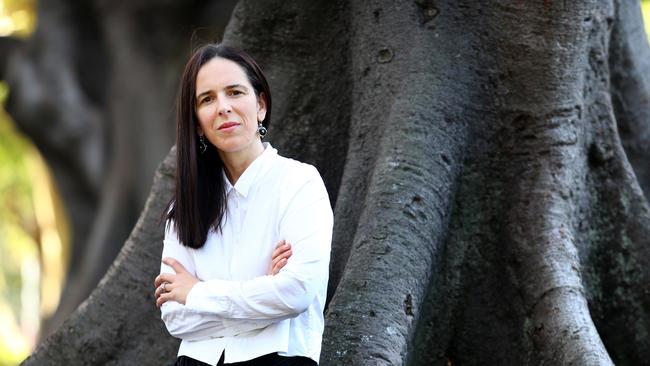Remote work restricted as Zoom’s Sydney staff head back to the office
A video conferencing giant has ordered its Sydney staff to head back to the office as bosses face a backlash over cutting back remote work.

Companies
Don't miss out on the headlines from Companies. Followed categories will be added to My News.
Zoom, the video conferencing company that rose to fame during the COVID-19 pandemic, has ordered its Australian staff back to the office.
Staff in the firm’s Sydney office – alongside their international colleagues – have joined employees at numerous other firms like Transurban and BHP, by being required to show up in person.
In a statement, a Zoom spokesperson described the new workplace rules as “a structured hybrid approach” which would require employees who live near the office to attend in-person at least two days a week.
The move reflects a wider trend across the economy as bosses desperately try to wrangle staff back to the office after remote working arrangements became the norm for more than four million employees across the country.
Zoom said the changes were introduced to put the company “in a better position to use our own technologies, continue to innovate, and support our global customers.”
“We’ll continue to leverage the entire Zoom platform to keep our employees and dispersed teams connected and working efficiently,” it added.
Many bosses have been met with fierce resistance over mandating a return to the office, with some facing a backlash against employees who value the flexibility that remote working arrangements provide.

In July, the Commonwealth Bank’s (CBA) decision to require its almost 50,000 employees to spend at least 50 per cent of their working hours in the office was met with fierce resistance.
After the banking giant refused to withdraw the mandate, the Finance Sector Union (FSU), which is a union for bank employees, responded by lodging a dispute with the industrial umpire. The Fair Work Commission is yet to rule on the matter.
“The Return to Office mandate is clearly not necessary and we are therefore disappointed that CBA has chosen not to address these significant concerns during the Fair Work proceedings” FSU national secretary Julia Angrisano said on Thursday.
But not all workplaces are following the hybrid work trend. Last month the country’s second largest retail bank, National Australia Bank, inked a new pay deal with its 25,000 employees that enshrined the right to work from home.
Similarly, federal public servants have won the right to uncapped work-from-home days in a landmark union-backed deal in July.

The two-days-a-week mandate introduced by Zoom is supported by research from Harvard Business School which found that requiring workers to spend one to two days in the office was “plausibly the sweet spot, where workers enjoy flexibility and yet are not as isolated compared to peers who are predominantly working from home”.
In the research, employees who were selected at random to attend work for one to two days each week appeared to demonstrate an uptick in both the quality and quantity of their output, as gauged by their email activity and evaluations from their supervisors.
Australian Chamber of Commerce and Industry head of workplace relations Jessica Tinsley said that hybrid working arrangements were becoming more common but they wouldn’t suit every worker or every business.
“We are finding that the majority of employers try to accommodate the needs of their employees where they can, by providing fair and flexible arrangements for remote work where possible,” she said.
“This is welcome and should be encouraged. However, we need to avoid a ‘one size fits all’ approach. It is just not possible for some employees to work from home.
“The tight labour market has meant that employers have had to work even harder to attract and retain talent, but businesses also recognise the wider benefits of boosting workforce participation through implementing greater flexibility.
Originally published as Remote work restricted as Zoom’s Sydney staff head back to the office


